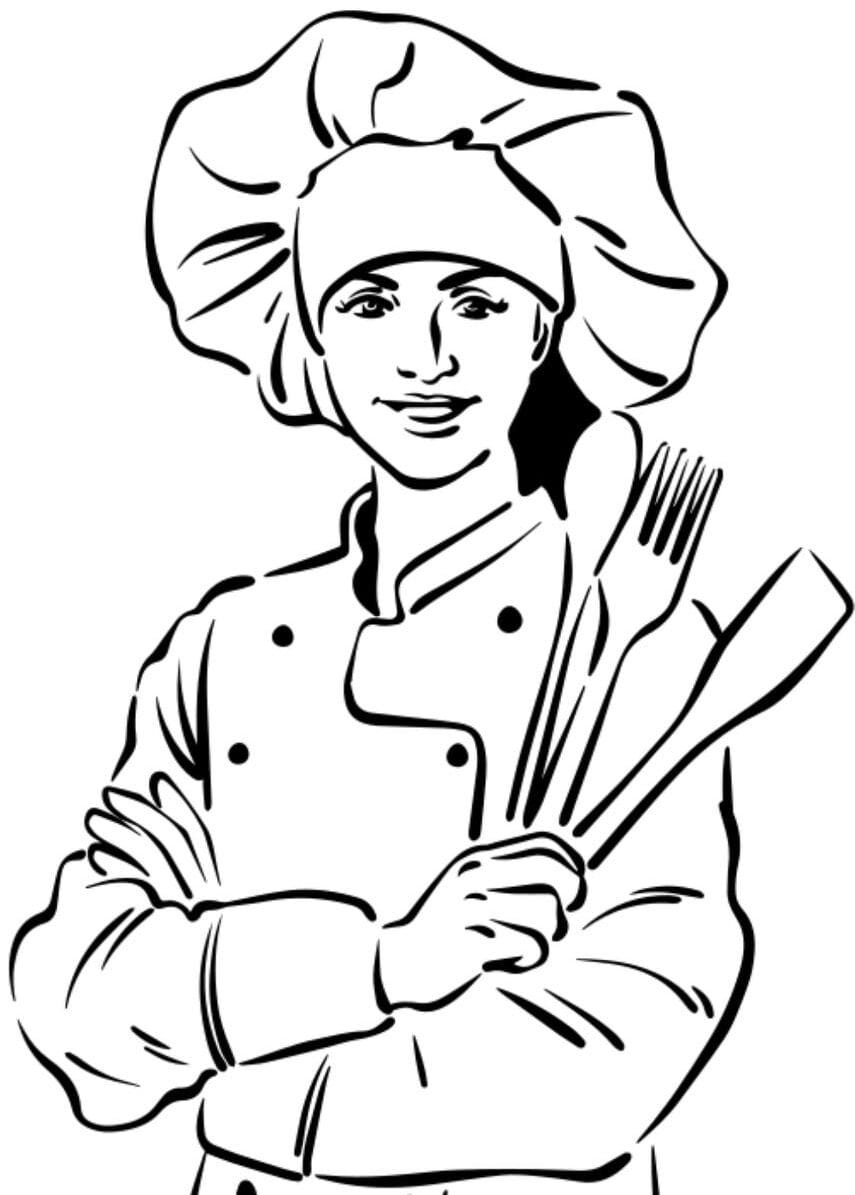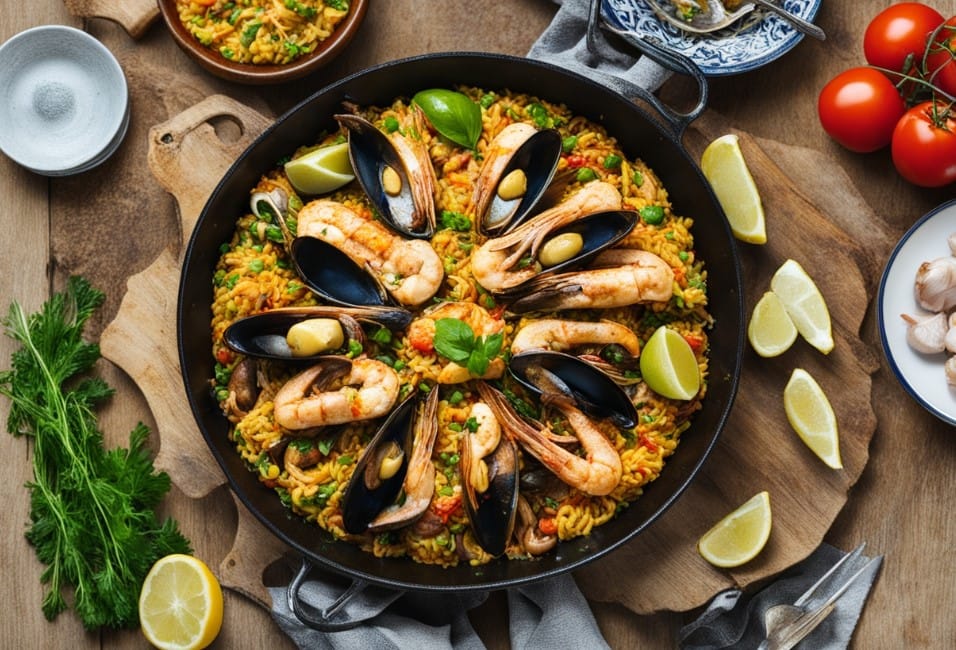Authentic Paella Recipe: A Spanish Culinary Classic
Paella is more than just a dish; it’s a symbol of Spanish culture and tradition, particularly from the coastal region of Valencia. It’s a vibrant, one-pan meal filled with an array of fresh seafood, tender chicken, savory chorizo, and short-grain rice that absorbs all the flavors of spices and broth. Whether you’re hosting a gathering or cooking for a family dinner, this Paella recipe is sure to impress with its rich, deep flavors and colorful presentation.
Why You’ll Love This Paella Recipe:
Paella is more than just a meal; it’s an experience. This recipe brings together the best of Spanish cuisine in a single pan. The smoky, savory chorizo contrasts beautifully with the tender chicken and fresh seafood, while the saffron adds a luxurious golden color and a delicate, floral flavor. Whether you’re cooking for a special occasion or simply want to impress your family with a traditional Spanish dish, this paella recipe is sure to become a favorite.
History of Paella:
Paella originated in the mid-19th century in the coastal region of Valencia, Spain. Traditionally, it was cooked outdoors over an open flame using locally available ingredients like rabbit, chicken, and sometimes snails. The dish quickly evolved, with seafood variations becoming popular in coastal towns. Paella became Spain’s most famous dish because it represents communal dining—often made in large pans to serve many people at once. Today, it’s enjoyed all over the world, with regional variations including a mix of meats, seafood, and vegetables. The word “paella” itself comes from the old Valencian word for pan, making it synonymous with the wide, shallow pan in which the dish is cooked.
Nutritional Information:
Per Serving (6 servings total):
- Calories: 450
- Fat: 17g
- Saturated Fat: 4g
- Carbohydrates: 45g
- Fiber: 4g
- Protein: 27g
- Sodium: 850mg
FAQs
1. Can I use Arborio rice for this paella recipe?
Yes, Arborio rice works well for paella as it absorbs liquid similarly to traditional Bomba rice. However, Bomba is the most authentic option due to its unique ability to absorb a lot of liquid without becoming mushy.
2. Is saffron necessary for paella?
Saffron is a key ingredient that gives paella its distinct flavor and yellow color. While it can be substituted with turmeric for color, saffron provides an irreplaceable depth of flavor.
3. What other types of seafood can I add to this recipe?
You can customize the seafood in your paella by adding calamari, lobster, or scallops. Just be sure to adjust cooking times accordingly, as different types of seafood may cook at varying speeds.

